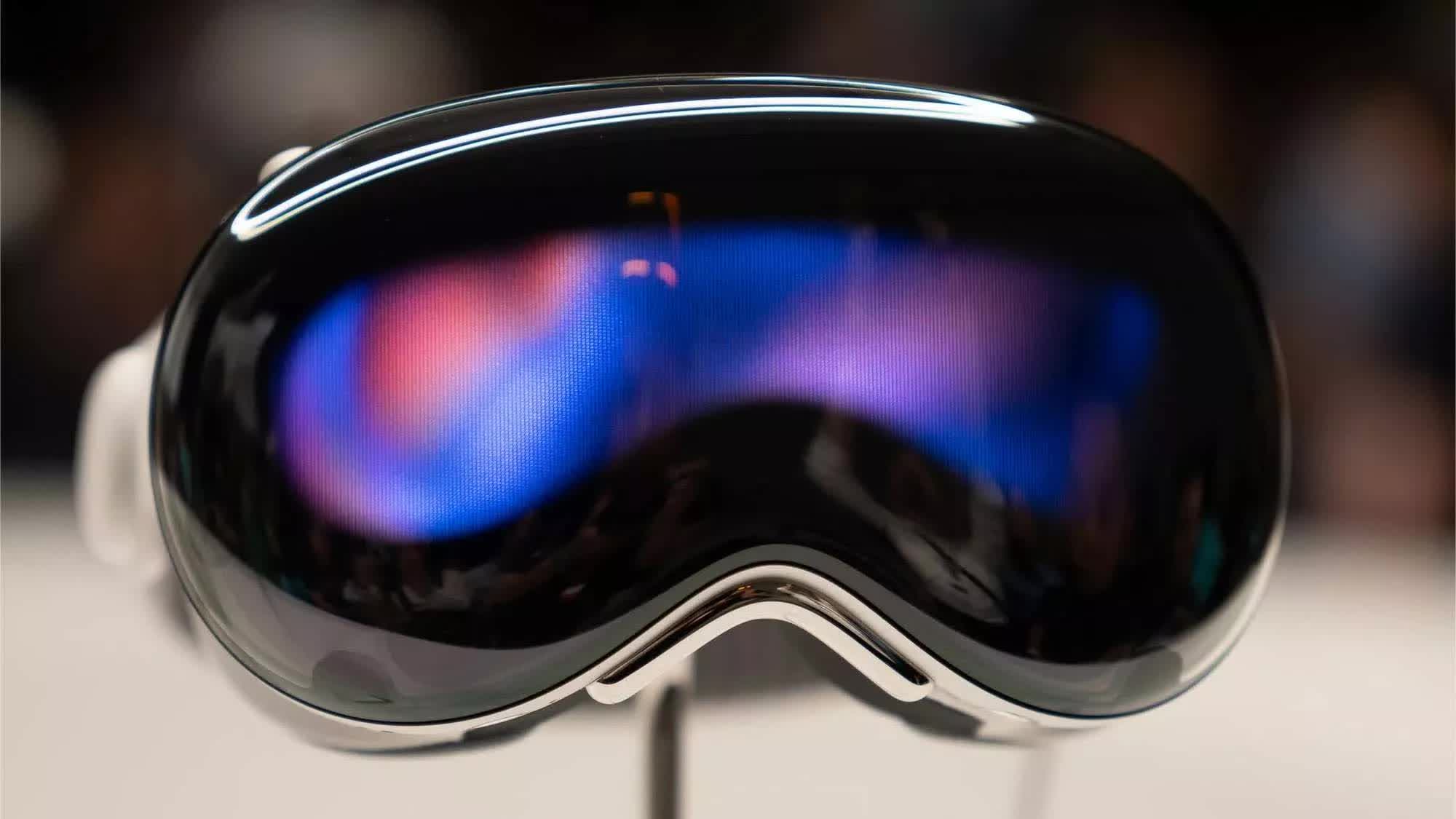What just happened? When Apple pulled back the curtain on its Vision Pro mixed reality headset earlier this year, it was hyped as the company's biggest new product since the original iPhone. But so far, the pricey spatial computer hasn't exactly been flying off the shelves. The latest estimates suggest the headset won't even sell 500,000 units throughout the entire year.
According to the latest estimates from market analysts at IDC who spoke to Bloomberg, Apple has yet to sell even 100,000 units of the $3,500 Vision Pro in any single quarter since its US launch back in February. They're also projecting a steep 75% drop in domestic Vision Pro sales for the current quarter.
This is far from the blockbuster debut Apple was hoping for with their first major new product category in years. However, the Vision Pro only just went on sale internationally at the end of June, which IDC says should help offset the sluggish US numbers to an extent.
More crucially, though, the analysts expect a significantly more affordable "budget" version of the mixed reality headset to hit the market in the latter half of 2025 – one they estimate could cost roughly half as much as the current premium model.
"The Vision Pro's success, regardless of its price, will ultimately depend on the available content," said Francisco Jeronimo, vice president at IDC. "As Apple expands the product to international markets, it's crucial that local content is also made available."

It's not like the Vision Pro has been an outright flop, financially speaking. Reports circulated back in January that Apple had racked up $700 million worth of pre-orders for nearly 200,000 units of the headset. But a bunch of those early buyers had a change of heart, scrambling to return the gadget before Apple's return window closed.
Weight issues, lack of optimized apps and video content, and maybe just shock at that hefty $3,500 price point – there have been plenty of criticisms lobbed at the first-gen Vision Pro to explain why some initially hyped early adopters have turned away from it already.
Whatever the reasons, it's apparently been enough of a lukewarm reception to make Apple rethink their mixed reality strategy. Alongside prepping that lower-cost Vision Pro model for 2025, the company has reportedly instructed suppliers to pause work on a full second-gen premium follow-up for now.
Instead, Apple seems to be laser-focused on getting that more affordable and usable mixed reality device out onto the market next year. A report earlier suggested that the device could sell for around $1,500.
The Vision Pro won't have an easy road to mainstream acceptance no matter how low Apple can push pricing. Rumbles are already building about competition from the likes of Google, Samsung, and Qualcomm, which are collectively working on a new spatial computing platform promising advanced XR experiences.
